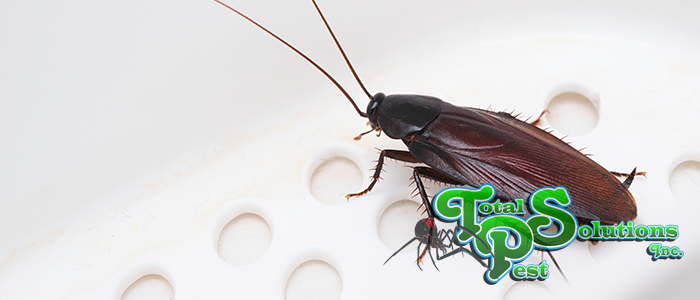
It’s a story you hear all too often: Someone is minding their own business, sitting on the couch and enjoying the game with friends or loved ones when suddenly a dark shadow starts scooting across the floor. It lacks the familiar shape of a roach, it twists and writhes, and it isn’t covered in fur but still looks shaggy and it’s fast. Cutigeral coleoptrata, house centipedes, have arrived. Before you take off your shoes and start swinging for a home run of your own, take a moment to consider what this strange creature is and what it might be doing for you.
A Sophisticated Hunter
Like all centipedes, the long legged house centipede is a hunter. Those long legs move in waves to propel the beast forward towards whatever is on its menu at a speed of a foot and a half per second. Said menu includes a host of harmful and bothersome creatures: Spiders, cockroaches, flies, earwigs, moths, crickets, termites, silverfish – Even bedbugs fall prey to the industrious house centipede. They really only stop to digest their prey, to clean themselves, and when the time comes to protect their eggs. A mother centipede will stay with the young centipedes – called nymphs – for the first couple weeks of their life.
The Legs
The first time a house centipede sheds its skin, it will have another pair of legs. Every time after that it will gain two more pairs of legs, up to a maximum of fifteen pairs for a total of thirty pairs. You may have heard that house centipedes bite, and while they will defend themselves when threatened – Say, if you’re squeezing one in your hand for some insane reason – It won’t be a bite they deliver. The first pair of legs actually becomes a pair of venom injecting claws. These are so close to the mouth that they seem like jaws. However, they are not a part of the mouth, meaning you might technically get a sting.
But a house centipede has no interest in you. You’re far too big for them to bother with, and it’s the pests in your home that they’re more interested in. There are horror stories of house centipedes crawling into bed or old laundry. They weren’t in there looking for you, though. They were probably hunting things that you didn’t know were there. Moth larvae can be found in musty old clothes, and bedbugs like to camp out in your bed, so if you can think of a reason for a bug to be there, that bug is the reason the centipede would be present.
What to Do?
Even if a house centipede isn’t looking to cause trouble with humans, they’re still alarming little critters. Some of them can get big, too – If you count the legs, up to six inches long in super rare cases! This makes for a very spooky housemate, and reducing insect populations will remove the attractive reason for the centipede to be present. They also like humid environments and need to drink water, hence finding them in dark places with pipes or in bathrooms, so reducing humidity and clutter will give them less comfortable places to occupy.
In all honesty though, a house centipede is probably present in your house, and if it wasn’t there you’d have a lot more bugs that you would like even less. They can be so beneficial in certain environments that in parts of Japan where they are prized as pets and sold in stores! But if you just can’t handle the sight of them, we can’t blame you. Call us to find out what we can do to help you keep these creepy crawlies out of your home.
continue reading
Related Posts
The Importance of Scheduling Regular Lawn Care Services for a […]
The Ultimate Guide to Spotting and Eliminating Flea Infestations in […]
The Menace of Cockroach Infestations in Lake Alfred Homes Cockroach […]






